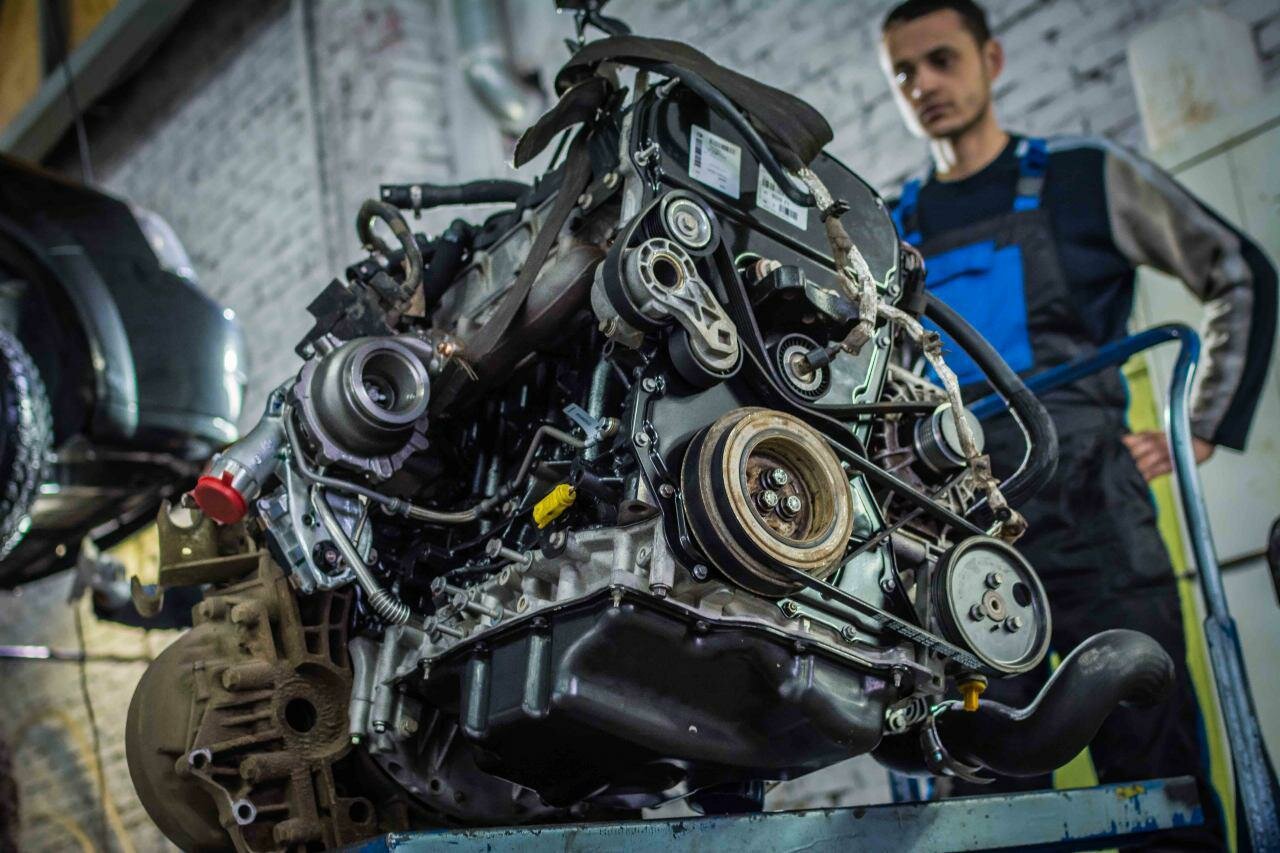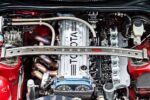2017 Nissan Titan: A Brief Overview
The Nissan Titan has been a notable player in the full-size pickup truck market since its debut in 2003. Designed to compete with heavyweights like the Ford F-150 and Chevrolet Silverado, the Titan aimed to provide a robust combination of power, utility, and comfort. The second generation, launched in 2016, marked a significant redesign that brought a more aggressive look, improved interior quality, and a host of new technology features. Among the various configurations, the 2017 Nissan Titan stood out with its powerful 5.6-liter V8 engine, promising impressive towing capacity and performance.
Engine Issues: A Growing Concern
However, as with any vehicle, the Titan has not been without its problems. The 2017 model year has been particularly scrutinized for engine-related issues that have raised eyebrows among owners and automotive experts alike. Reports of engine knocking, oil consumption, and even complete engine failure have surfaced, leading to frustration and concern for those who invested in this truck. While the Titan was marketed as a reliable workhorse, the engine problems have cast a shadow over its reputation, prompting potential buyers to think twice. Understanding these issues is crucial for anyone considering the 2017 Nissan Titan, as they can significantly impact the ownership experience and overall satisfaction with the vehicle.
Engine Problems in the 2017 Nissan Titan
The 2017 Nissan Titan, despite its appealing design and features, has been plagued by a series of engine problems that have left many owners dissatisfied. Understanding these issues is essential for current and prospective owners, as they can affect the vehicle’s performance, reliability, and overall value.
Common Engine Issues
Several engine-related problems have been reported by 2017 Titan owners. Some of the most prevalent issues include:
- Engine Knocking: Many drivers have reported a noticeable knocking noise coming from the engine, particularly during acceleration or under load.
- Excessive Oil Consumption: Some owners have experienced significant oil consumption, requiring frequent top-ups between oil changes.
- Engine Failure: In severe cases, complete engine failure has been reported, leading to costly repairs or even engine replacement.
Potential Causes
The root causes of these engine problems can vary, but some common factors include:
- Manufacturing Defects: Some engines may have been produced with faulty components, leading to premature wear and failure.
- Poor Maintenance: Neglecting regular maintenance can exacerbate engine issues, although many owners report problems despite following maintenance schedules.
- Design Flaws: Certain design aspects of the engine may contribute to its susceptibility to problems, such as inadequate lubrication or cooling.
Impact on Owners
The impact of these engine issues on owners can be significant. Many have reported the following consequences:
- Increased Repair Costs: Frequent repairs can lead to substantial financial burdens.
- Decreased Resale Value: A history of engine problems can severely affect the resale value of the vehicle.
- Safety Concerns: In some cases, engine failure can lead to dangerous situations on the road, particularly if it occurs while driving at high speeds.
Symptoms and Consequences
Understanding the symptoms associated with the engine problems can help owners identify issues early on. The following table summarizes common symptoms and their potential consequences:
| Symptom | Possible Consequence |
|---|---|
| Engine knocking noise | Potential engine damage or failure |
| Excessive oil consumption | Increased maintenance costs and risk of engine wear |
| Warning lights on the dashboard | Need for immediate inspection and potential repairs |
| Loss of power during acceleration | Decreased performance and drivability issues |
Top views |
|
|---|---|
 |
Oil, Timing Chains, Pistons: What Really Kills an Engine Prematurely? |
 |
How to Choose a Car with a Reliable Engine: Used Car Market Hacks That Actually Work |
Conclusion
The 2017 Nissan Titan’s engine problems have raised significant concerns among owners and potential buyers alike. While the truck offers many appealing features, the reported issues cannot be overlooked. Understanding these problems, their symptoms, and potential consequences is crucial for anyone considering this vehicle.




0 Comments